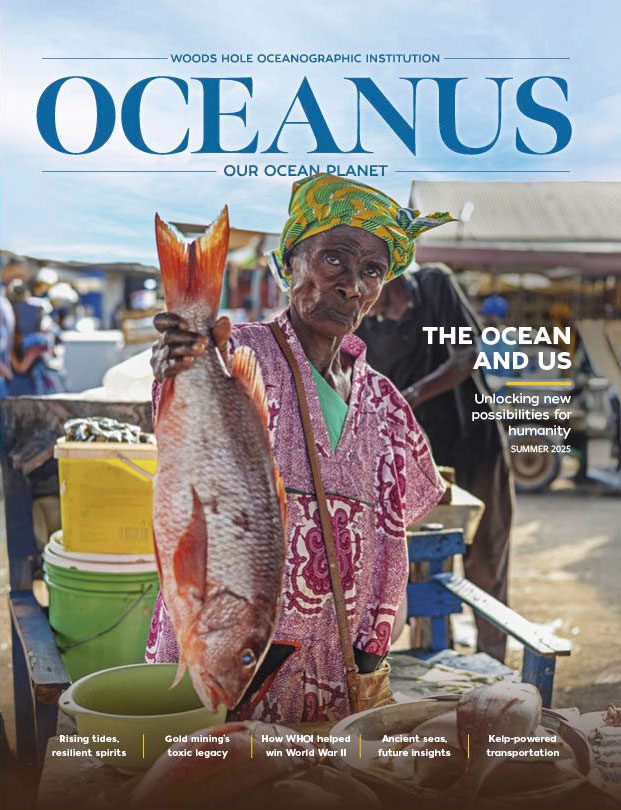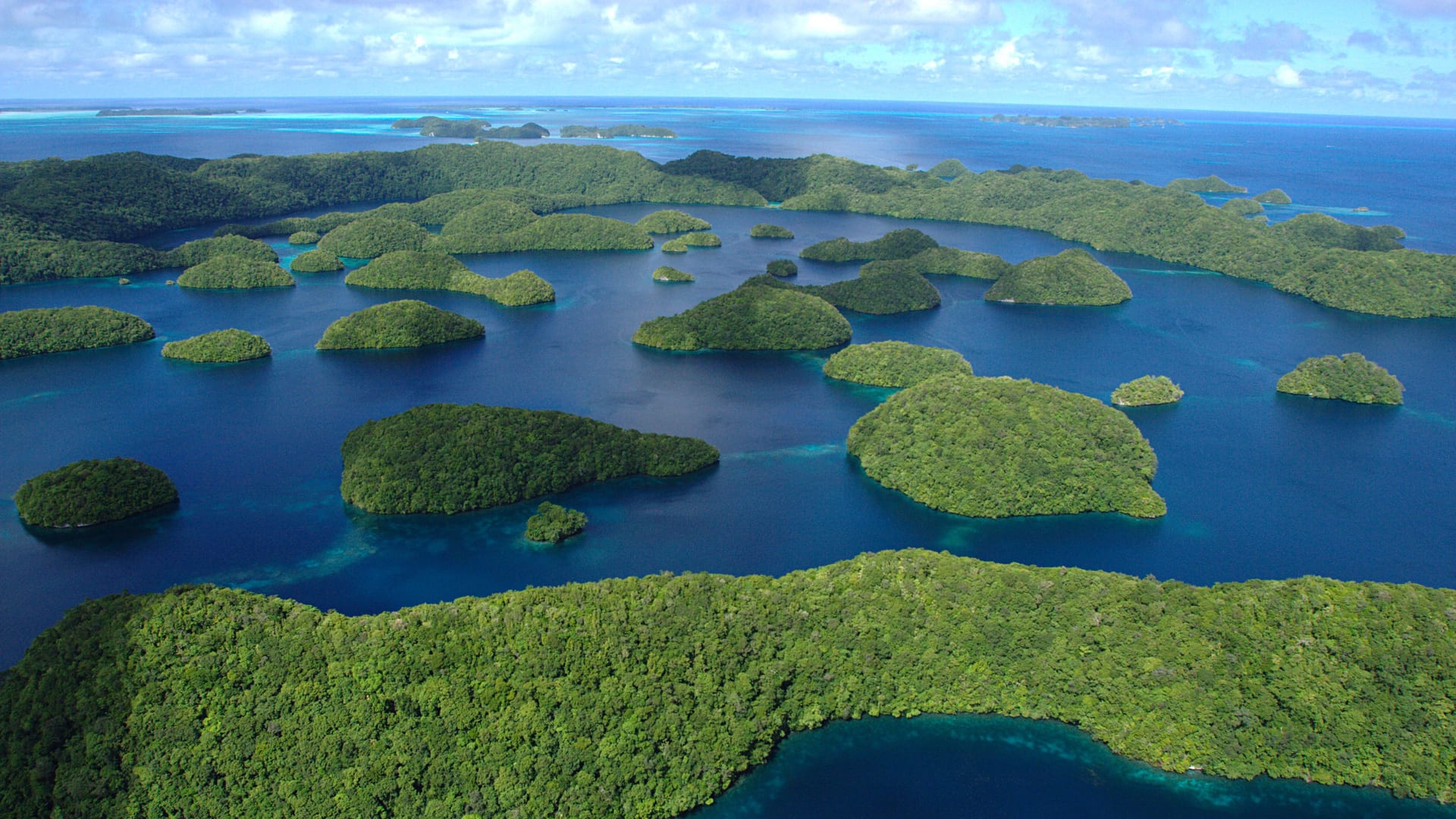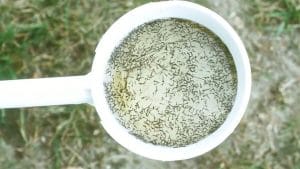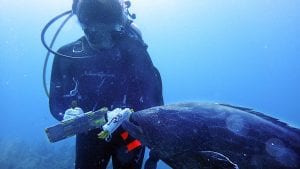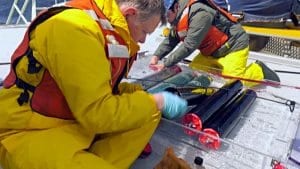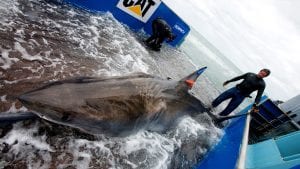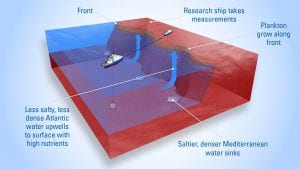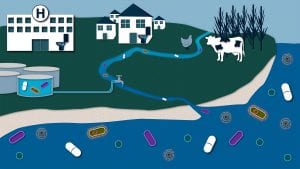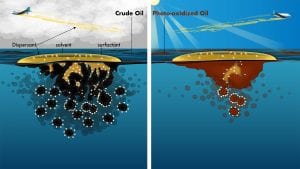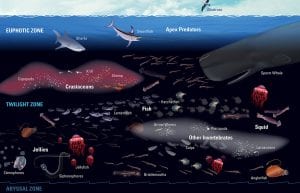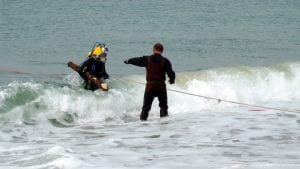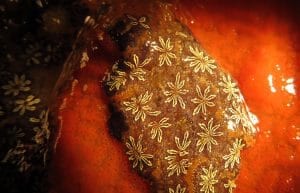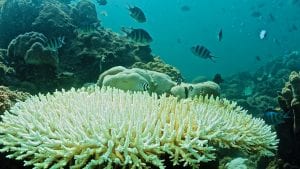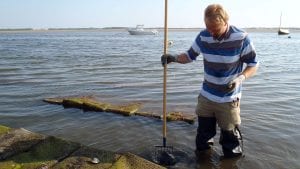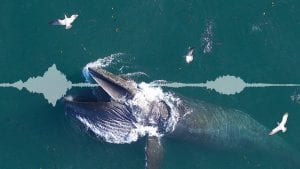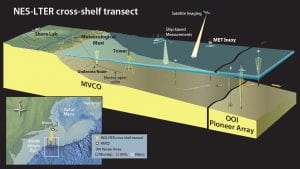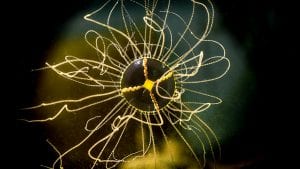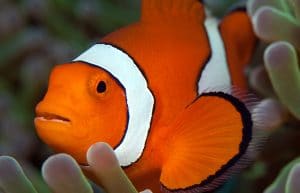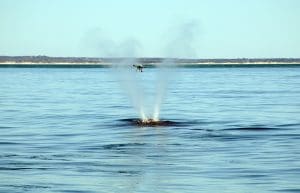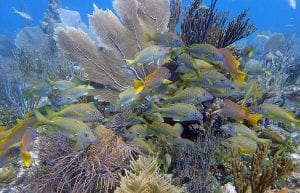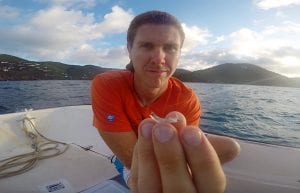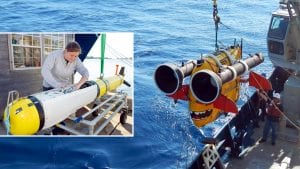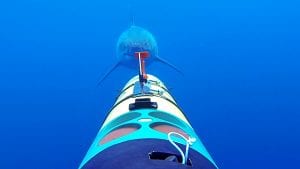Ocean Life
Searching for ‘Super Reefs’
Some corals are less vulnerable to ocean acidification. Can the offspring from these more resilient corals travel to other reefs to help sustain more vulnerable coral populations there?
Marshes, Mosquitoes, and Sea Level Rise
In the 1930s, the Cape Cod Mosquito Control Project dug approximately 1,500 miles of ditches…
The Unseen World on Coral Reefs
We have learned that microbial communities on and within us—a microbiome—keep people healthy. Corals reefs…
The Recipe for a Harmful Algal Bloom
Harmful algal blooms can produce toxins that accumulate in shellfish and cause health problems and…
Life at the Edge
What makes the shelf break front such a productive and diverse part of the Northwest…
Sharks Take ‘Tunnels’ into the Depths
By tagging sharks, WHOI scientists have revealed their surprising behavior.
Forecasting Where Ocean Life Thrives
The ocean, like the atmosphere, has "fronts," and it's hardly quiet on them. In fact,…
The Bacteria on Your Beaches
The widespread use of antibiotics is increasing the spread of antibiotic-resistant bacteria—perhaps into the ocean,…
A Long Trail of Clues Leads to a Surprise About Oil Spills
Scientists followed evidence from the 2010 Deepwater Horizon oil spill to discover an unexpected phenomenon.
Reassessing Guidelines for Oil Spill Cleanups
A new discovery could change the way officials approach oil spill cleanups.
Mission to the Ocean Twilight Zone
The twilight zone is a part of the ocean 660 to 3,300 feet below the…
Tracking Unexploded Munitions
U.S. coastlines still have a lot of unexploded ordnance, or UXOs, left offshore by military exercises in…
Who Grows There?
Biofouling organisms—barnacles, tunicates, bryozoans, and other marine invertebrates—are a common sight on docks, ship hulls,…
A Double Whammy for Corals
Scientists know that gradually rising ocean temperatures can push corals past a threshold and cause…
Can Clams and Oysters Help Clean Up Waterways?
Towns in Cape Cod are looking to shellfish not only as culinary treats, but as…
Scientists Reveal Secrets of Whales
Researchers have known for decades that whales create elaborate songs. But a new study has…
Long-term Study Focuses on New England Ocean
The National Science Foundation has created a new Long Term Ecological Research site off the…
Tiny Jellyfish with a Big Sting
Clinging jellyfish in waters near Vladivostok, Russia, are known for their painful, toxic stings. In…
The Marine Reserve Goldilocks Problem
To protect coral reefs, governments and conservationists are looking to establish networks of marine reserves,…
Scientists Reveal Secrets of Whales
Researchers have known for decades that whales create elaborate songs. But a new study has…
In the Gardens of the Queen
An unprecedented research cruise investigated one of the most beautiful and unexplored coral reefs in…
How Do Fish Find Their Way?
An MIT-WHOI Joint Program graduate student is exploring how tiny larvae hatched in the open…
PlankZooka & SUPR-REMUS
Much of marine life begins as microscopic larvae—so tiny, delicate, and scattered in hard-to-reach parts…
When the Hunter Became the Hunted
In waters off Mexico’s Guadalupe Island, Woods Hole Oceanographic Institution (WHOI) engineers deployed the REMUS…
